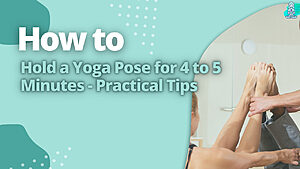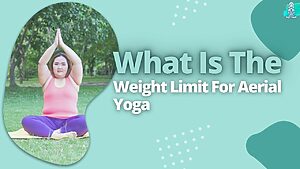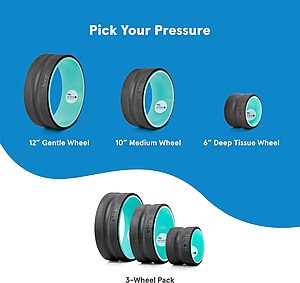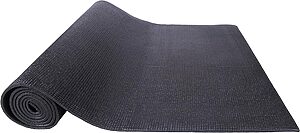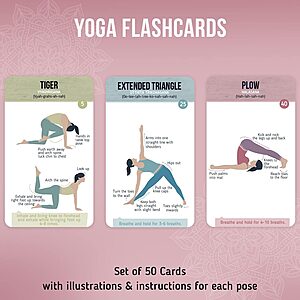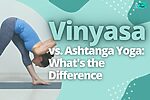If you’re a regular yoga practitioner, you’ve probably noticed that your body is different daily.
Sometimes it’s easy to stay focused during class; other times, you feel like taking a nap instead of holding Warrior II.
Of course, this is normal—yoga isn’t always meant to be challenging. Is it necessary to wait an hour after yoga before having a snack or full meal? We explore the pros and cons of eating before or after yoga class.
Key Takeaways
- The debate of whether or not to eat after yoga is a personal one.
- There are pros and cons to both eating and not eating after yoga.
- It is important to listen to your body and what it is telling you.
- Eating something may be beneficial if you feel like you need energy.
- On the other hand, avoiding food may be best if you feel like you need to relax.

Here’s The Answer To Should We Eat After Yoga
Yoga is good for you, and so is eating. But if you’re asking yourself, “Should I eat after yoga?” the answer is yes.
You should eat right away—after all, yoga is an exercise that requires energy and nutrition. It can even help you lose weight if done regularly.
But what kind of food should we eat after yoga? And how soon should we consume it? You may learn everything you need to know about post-yoga hunger from this guide.
It’s Generally Recommended To Wait At Least Two Hours After Eating Before Practicing Yoga
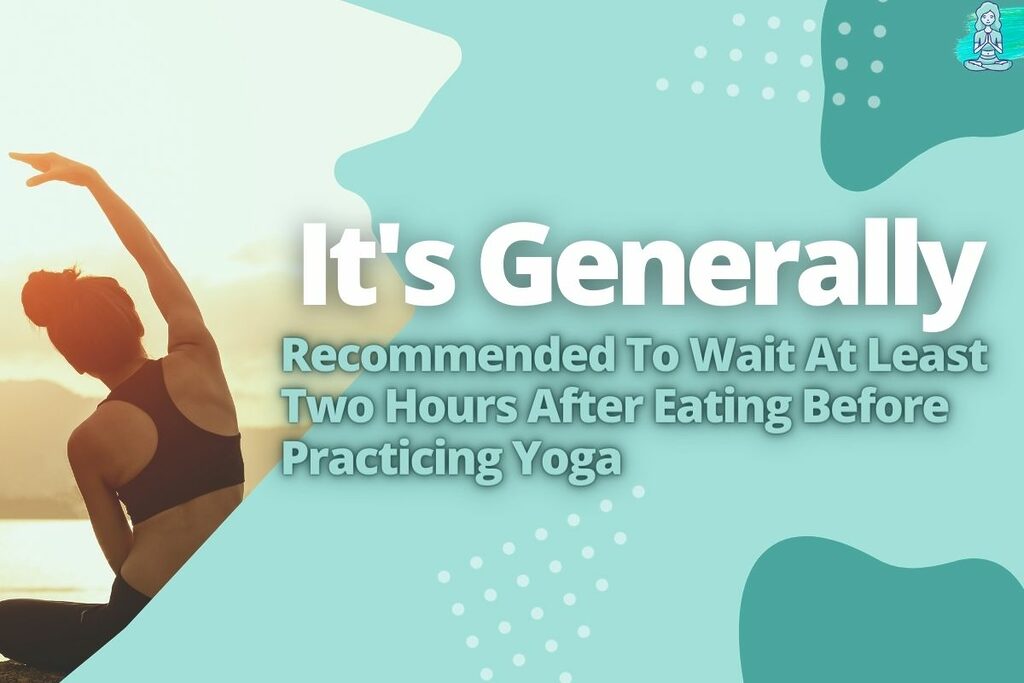
For those who haven’t tried eating right after practice, it’s easy to assume that you should eat immediately. But the reality is that your body may not be ready for food yet.
Yoga is an intense workout (and often leaves us with a hunger that only food can satisfy). So if you’re just finished doing an hour-long class, you’re likely to be ravenous.
This can also lead us down the wrong path when considering how long to wait after eating before practicing yoga: we feel hungry, so we think we should eat; however, this isn’t always the best idea.
There are several reasons why waiting two hours after eating before practicing yoga is generally recommended:
- Food can cause bloating and nausea if it goes unabsorbed through digestion—which means extra pressure on your stomach during a pose like Downward Dog or Boat Pose.
- Eating too much at one time will make some poses more difficult and uncomfortable (like Locust) because of their intensity and abdominals being used so much.
- It takes about 2 hours for your body to break down protein from meat sources such as chicken breast or fish filet, so if these foods were eaten earlier in the day, then there may still be some undigested remnants left over in your stomach by the end of class which could cause discomfort during certain moves involving core strength (such as Plank Pose).
If You’re Hungry, Try A Light Snack Like Fruit Or Nuts Before Yoga
If you’re hungry and want to eat immediately, keep it light.
- Fruit such as berries and apples are great choices because they’re lower in sugar than many other fruits.
- Nuts are another good choice because they’ll give you some protein and healthy fats to keep you full longer. Avoid nuts with added salt and sugar, though.
- Avoid high-fat foods like pizza or anything fried—they can be too much for your digestive system to handle after yoga. And if you feel like having something sweet but not too heavy, try a piece of dark chocolate (preferably vegan), which has more antioxidants than white chocolate.
Make Sure To Drink Plenty Of Water Before, During, And After Your Practice
I don’t know about you, but I get thirsty during yoga. It’s because of all the bending and stretching. And the breathing.
We know that drinking plenty of water before and after practice is important for overall fitness. Still, it’s also crucial for yoga practitioners.
Before class: The human body comprises 60% water, so it’s important to keep this fluid balance healthy through proper hydration.
Drinking water before practice can help you stay hydrated during your session and flush out toxins from your system before they have a chance to accumulate in your body.
Avoiding Food Before Yoga Can Help You Focus On Your Breath And Connect With Your Body
If you don’t want to focus on the fact that you’re hungry and instead want to focus on your breath, yoga can be a great opportunity for this.
You can also connect with your body in a new way: paying attention to how it feels after eating certain foods or what it feels like when you’re hungry versus not hungry.
If possible, avoiding food before yoga is always recommended, as doing so can make it easier for you to connect with your body and be present in class without having the distraction of being hungry.
If this isn’t doable for whatever reason (perhaps because it’s often difficult not eating before bed), then try following these guidelines:
- Avoid eating a heavy meal before yoga; light snacks are okay but avoid anything too large or heavy-feeling in your stomach.
- Avoid eating a meal high in fat, sugar, or salt; these tend not only to make us feel gross afterward but also make our bodies feel heavy, which means that we won’t be able to move around much during class if we fill up too much beforehand.
- Avoid eating a meal difficult for the body to digest—for example, dairy products such as cheese or milk may cause bloating depending on how well each person’s digestive system handles them.
Should You Eat Before Yoga?
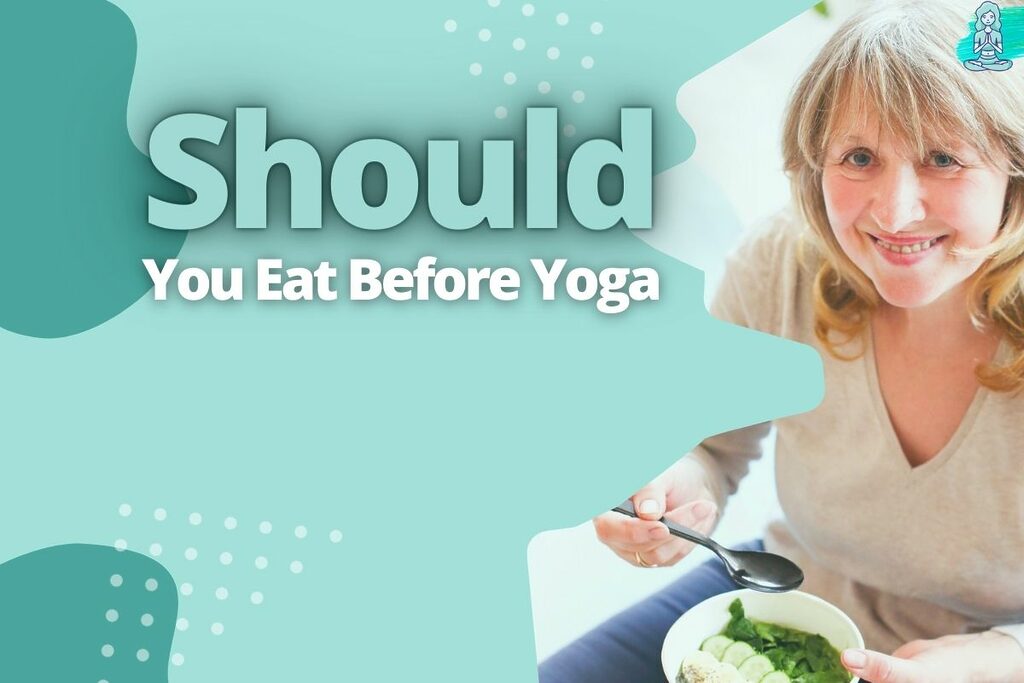
You should eat before yoga. I know, I know: You’ve heard that eating before yoga can lead to an upset stomach, and that’s probably true if you’re not careful about what you eat.
Some people who don’t know their limits will try to eat a full meal before class—but it’s better for your belly and your practice if you choose something light and digestible.
Plus, it’s hard enough as it is for some of us to focus on our breath when we’re hungry! Eat a snack that contains protein and complex carbs like nuts or seeds (great snacks are pistachios or pumpkin seeds) about 45 minutes prior.
This will stabilize blood sugar levels in the body so they won’t crash during class—and it also gives time for digestion while providing fuel so that we have energy without feeling sluggish due to hunger pangs after class ends.
What Are Some Good Foods To Eat Before Yoga?
Some good foods to eat before yoga include light snacks like nuts and seeds, light fruits, water, or herbal tea.
You can also have a smoothie with fresh fruit and yogurt or another protein source like tofu.
As mentioned before, try to eat a light meal about 45 minutes before a yoga class to avoid an upset stomach.
Conclusion
After reading this article, you should now have a good idea of whether or not you should eat before practicing yoga.
If you’re hungry and need to eat immediately, go ahead! But if not, try waiting at least two hours after eating before doing so.
This will give your body time to digest food and prevent uncomfortable side effects (like nausea or bloating).
If you’re hungry, try a light snack like fruit or nuts before yoga class; make sure to drink plenty of water before, during, and after your practice.
Frequently Asked Questions
How long should I wait to eat after yoga?
Most people should wait at least two hours after eating before practicing yoga.
What are some good foods to eat after yoga?
Some good foods to eat after yoga include light snacks like nuts and seeds, fruits, water, or herbal tea.
What are the benefits of eating before or after yoga?
Eating before or after yoga includes better digestion, more energy, and fewer hunger pangs.
My name is Mugen Seki, and I’m a painter and yoga enthusiast who is passionate about bringing together art and exercise in ways that help people connect with their inner selves. When I’m not painting, I’m practicing yoga. And when I’m not doing either of those things, I’m usually thinking about them.
- How to Hold a Yoga Pose for 4 to 5 Minutes – Practical Tips
- A Guide to Finding the Perfect Yoga Mat for Carpet Floors
- Can You Add Yoga To Fitbit Luxe (Unlock the Power)
- Can You Add Yoga To Garmin Vivoactive (Yoga On The Go)
- Is Aerial Yoga Dangerous (The Scary Truth)
- What Is The Weight Limit For Aerial Yoga (Exploring The Possibilities)


